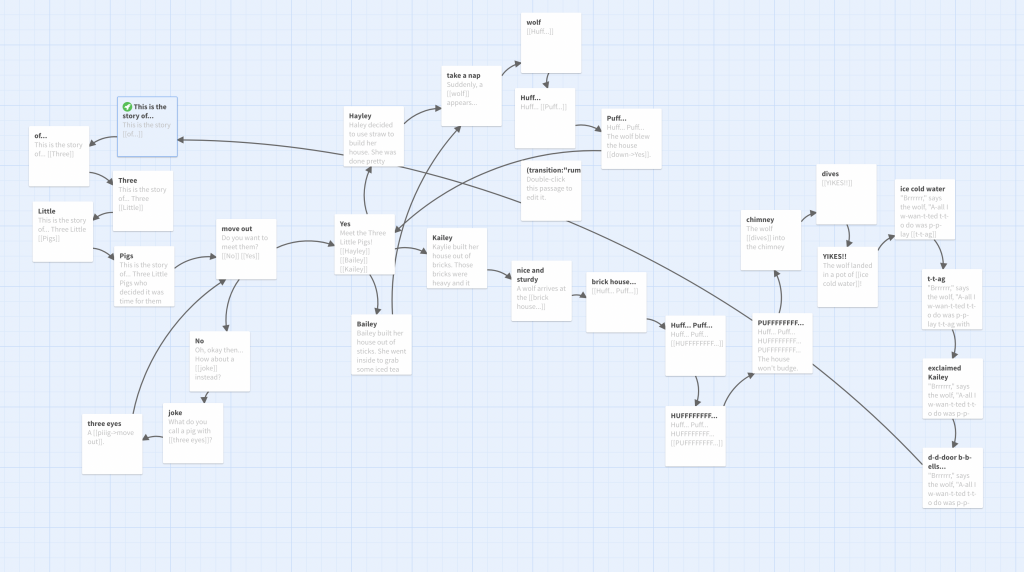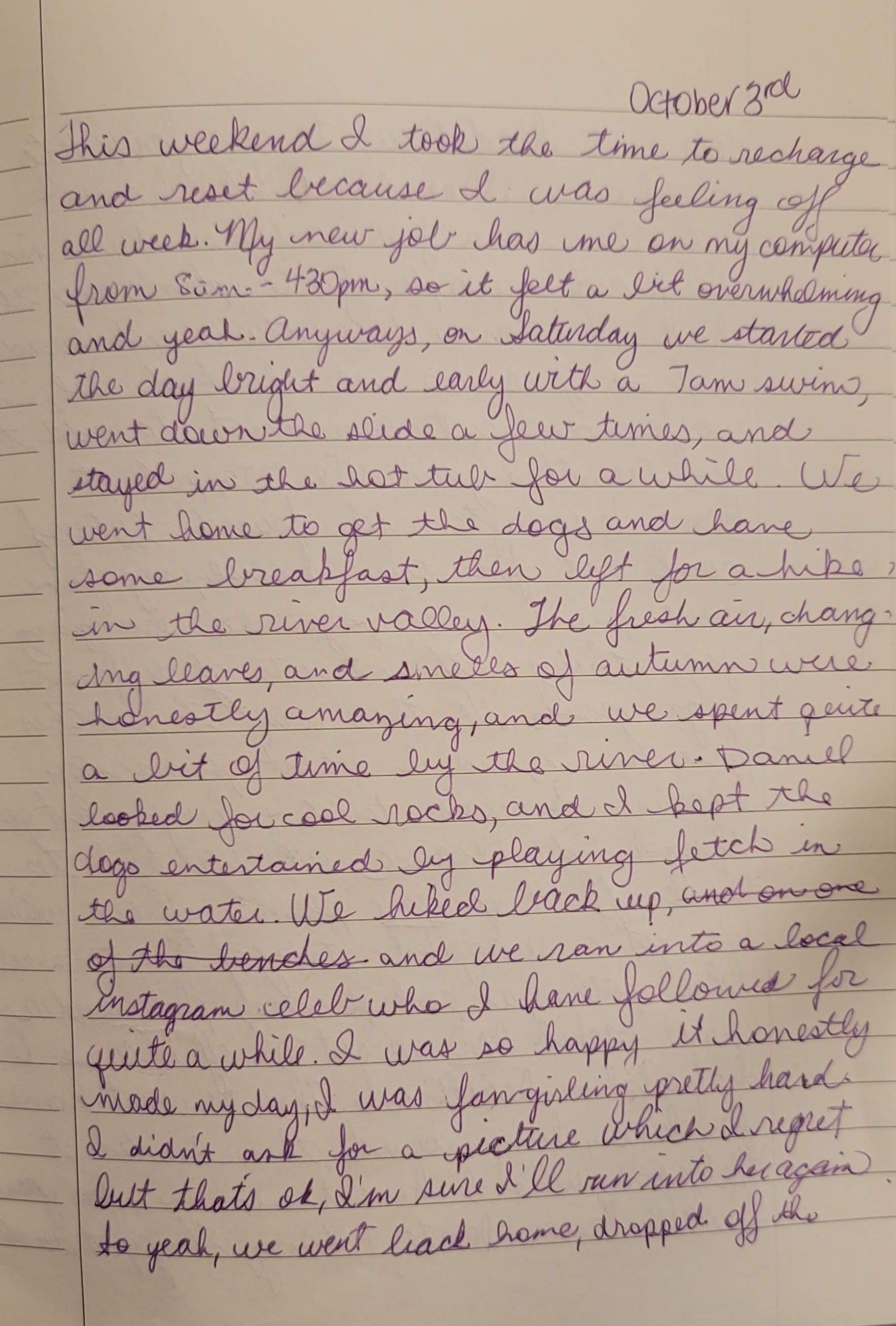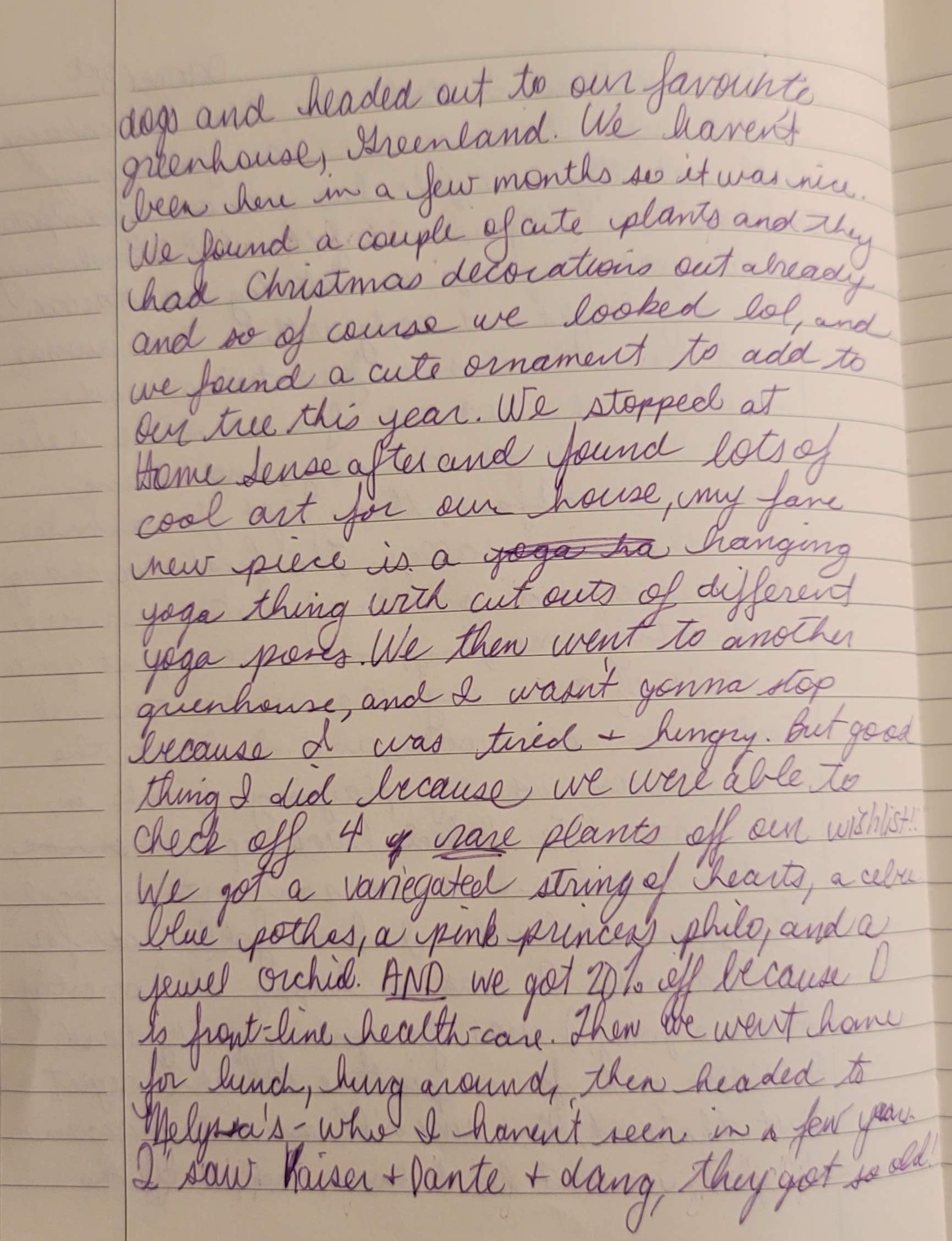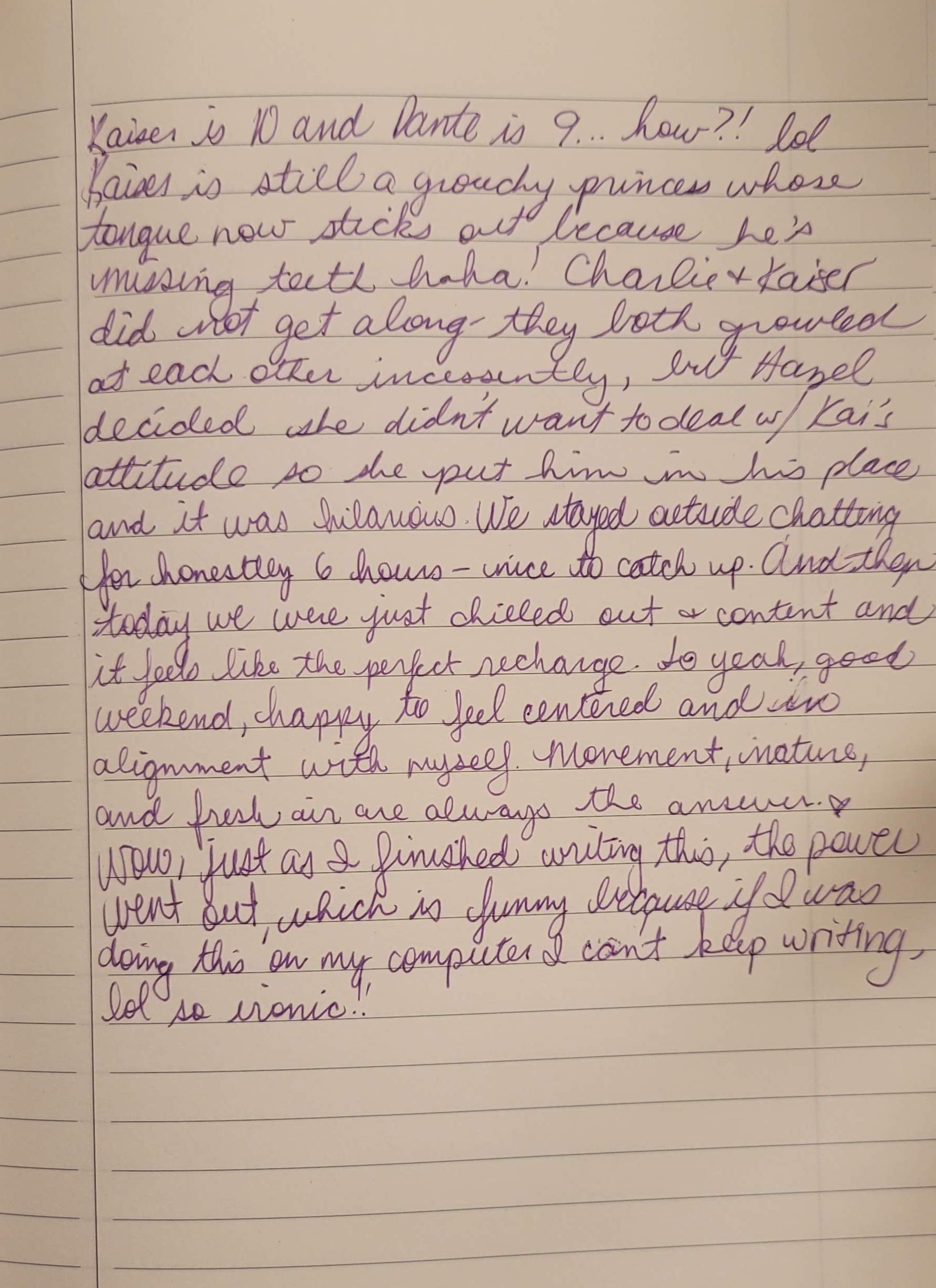The day of my wedding was a special one because first of all I got married George Ewing during COVID-19 and I got married in my backyard and I also got married to my partner on our 10 year anniversary so we started dating May 28th 2010 in high school and we got married on May 28th 2020 the day was pretty chill I didn’t really have to worry about setting anything up or really organizing anything I was lucky enough to have a friend who’s mom was a wedding planner and she had a garage full of decorations so she just came over that day and made a beautiful arrangement in our backyard my sister in law is a hair stylist so she was able to do my hair and one of my best friends is a train makeup artist so I got my makeup done as well originally I was just going to wear jeans cardigan and like a nice shirt because I wanted to I didn’t have a wedding dress some button house somewhere some way along the way someone convinced me to wear a dress I’m pretty sure it was my mother in law that convinced me to wear a dress we took some pictures in the front of my house we had this beautiful blooming white cherry blossom tree well I guess it’s not cherry blossom it’s whatever the white the white blossom version is we had about 20 people there in our backyard it was super casual we had little bubbles we had four or five dogs there that was the best part that dogs were able to be at the wedding and a friend of mine made us some cake pops so we had cake pops for dessert we had pizza for food and we had some corona beer obviously to commemorate the time my father in law actually married us so that was a super sweet touch and yeah we just spent the rest of the night dancing hanging out sitting around a fire roasting marshmallows it was fantastic the nice part about it was that we had so little people that everybody wanted to say go around and say something so it was just kind of like a round table of congratulations and stories of how everybody knows us and it was just really sweet Originally we were not going to have a first dance because we didn’t want to but again somehow someone somewhere decided that we were going to have a first dance and so my sister in law just played a random song that was it was a Spanish song my partner is Colombian and we danced to it I still don’t know what the name of our first dance song is but it was sweet song as the evening went bye and it started getting darker our decorations really popped we had little fairy lights everywhere and we have this nice like patio really long patio with a nice big tree and so there were lights and things hanging from it and so it was just super sweet and that’s my wedding after I got married by the way I changed into a cardigan pants and comfy shoes because I didn’t want to urge us so yeah that was my COVID wedding
How does the text deviate from conventions of written English?
The first thing that I noticed about this big block of text is that it lacks punctuation. There are no periods, commas, colons, semicolons, question marks, or exclamation marks. There is no way to clearly define the sentences within the text, and the lack of punctuation makes it difficult to understand the flow of the story. The formatting of this story also deviates from what we are used to in written English. There are no topic sentences or paragraphs to help the reader identify different ideas or sections of the story. Further, the text has no title, giving the reader no indication as to what kind of text they are about to read.
What is “wrong” in the text? What is “right”?
WRONG: “The day of my wedding was a special one because first of all I got married George Ewing during COVID-19″
- Right away, the first thing that is wrong in this text is the inclusion of the name “George Ewing.” I think that I was maybe saying um and stumbling on my words at this point, but this causes a problem because to the reader, they may think that I’m getting married to someone named George Ewing.
WRONG: Dates – May 28th 2010 and May 28th 2020.
- The “th” is used incorrectly; if I had said the 28th of May 2010, then it would be correct.
WRONG: “I didn’t have a wedding dress some button house somewhere some way along the way someone convinced me to wear a dress”
- This was supposed to say “but somebody somewhere…”
WRONG: “as the evening went bye and it started getting darker”
- This made me giggle, because I guess the evening is sort of saying “bye,” but this word has the wrong meaning. I think the app took this same sound (phoneme) and misinterpreted the meaning (Gnanadesikan, 2011).
WRONG: “I changed into a cardigan pants and comfy shoes because I didn’t want to urge us so yeah”
- Again, I think I was stumbling over my words and was probably saying um.
RIGHT: Spelling vs. numerals for numbers
- It’s interesting that the app spelled out the words for numbers from 1-10 and wrote the numerals for numbers larger than 10. I didn’t even know this was a rule of writing; I thought you were supposed to write all numbers as words.
RIGHT: Capitalization and Spelling
- Capitalization is correct for proper names (COVID), dates, or countries. It is interesting that the one word that is capitalized is Originally… when I was telling my story, I paused long enough for the app to recognize that I was starting a new thought.
- Spelling for the most part is perfect, with the exception of “bye” as mentioned above.
What are the most common “mistakes” in the text and why do you consider them “mistakes”?
The most common mistakes in the above text are instances where I said “um” or “uh” and the app registered it as words that I said. They are mistakes because they do not belong in the context of the story. I think another common mistake is the absence of a personal voice- there were times in the story when I paused, laughed, or exclaimed to really emphasize a point, but the text did not capture those feelings; the writing recorded the “language, but not [the] actual speech” (Gnanadesikan, 2011, p. 9).
What if you had “scripted” the story? What difference might that have made?
If I had the chance to script my story, I would have had the opportunity to be more deliberate by carefully crafting my words (Gnanadesikan, 2011). I would have spent time brainstorming the pieces of my wedding that I wanted to talk about, and they would flow and connect with each other in a logical way. I tried my best when speaking to describe the day exactly as it was, but in the moment, time escaped me and I forgot things here and there. If I had been able to physically write down my story, I would have been able to reread, rearrange, or remove ideas, again contributing to a better flow of the story. A script would have allowed me to choose different words to describe my experience, and I wouldn’t have needed to pause and scramble to fill the silence with a quick word on the fly (for example when I said “um” or “like” or “super”).
In what ways does oral storytelling differ from written storytelling?
Gnanadesikan (2011) points out that written stories are visible, permanent, and able to be analyzed for as long as the text is available, while spoken language only lasts for a short period of time. These two forms of storytelling allow meaning to be conveyed differently. Written storytelling gives the writer access to a vast vocabulary that allows them to sound more eloquent than their oral counterparts (Ong, 2002). Although punctuation and creative writing can give written words a voice, oral storytelling immerses the listener in the story on a deeper level. Tone of voice, gestures, intentional pauses, and facial expressions can all reinforce the message and meaning of a story (McCulloch, 2019). The listener can be actively involved in the story by asking questions, making the process more interactive and meaningful for both the listener and storyteller. Contrast this with written storytelling, which Haas (2013) mentions can “foster forgetfulness,” leaving the reader to derive meaning on their own with potentially unanswered questions (p. 6).
References
Gnanadesikan, A. E. (2011). The writing revolution: Cuneiform to the internet. (Vol. 25). John Wiley & Sons. https://doi.org/10.1002/9781444304671
Haas, C. (2013). Writing technology: Studies on the materiality of literacy. Routledge. https://doi-org.ezproxy.library.ubc.ca/10.4324/9780203811238
McCulloch, G. (2019). Because internet: Understanding the new rules of language. Riverhead Books.
Ong, Walter, J. (2002). Orality and literacy: The technologizing of the word (2nd ed.). Routledge. https://doi.org/10.4324/9780203426258
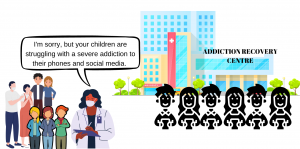

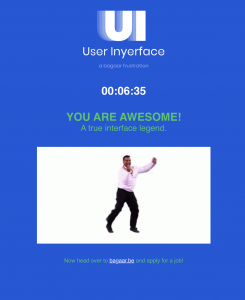
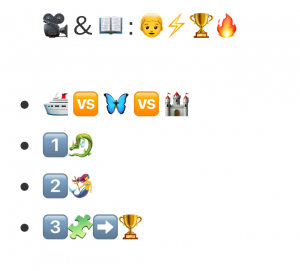 Did you rely more on syllables, words, ideas or a combination of all of them?
Did you rely more on syllables, words, ideas or a combination of all of them?